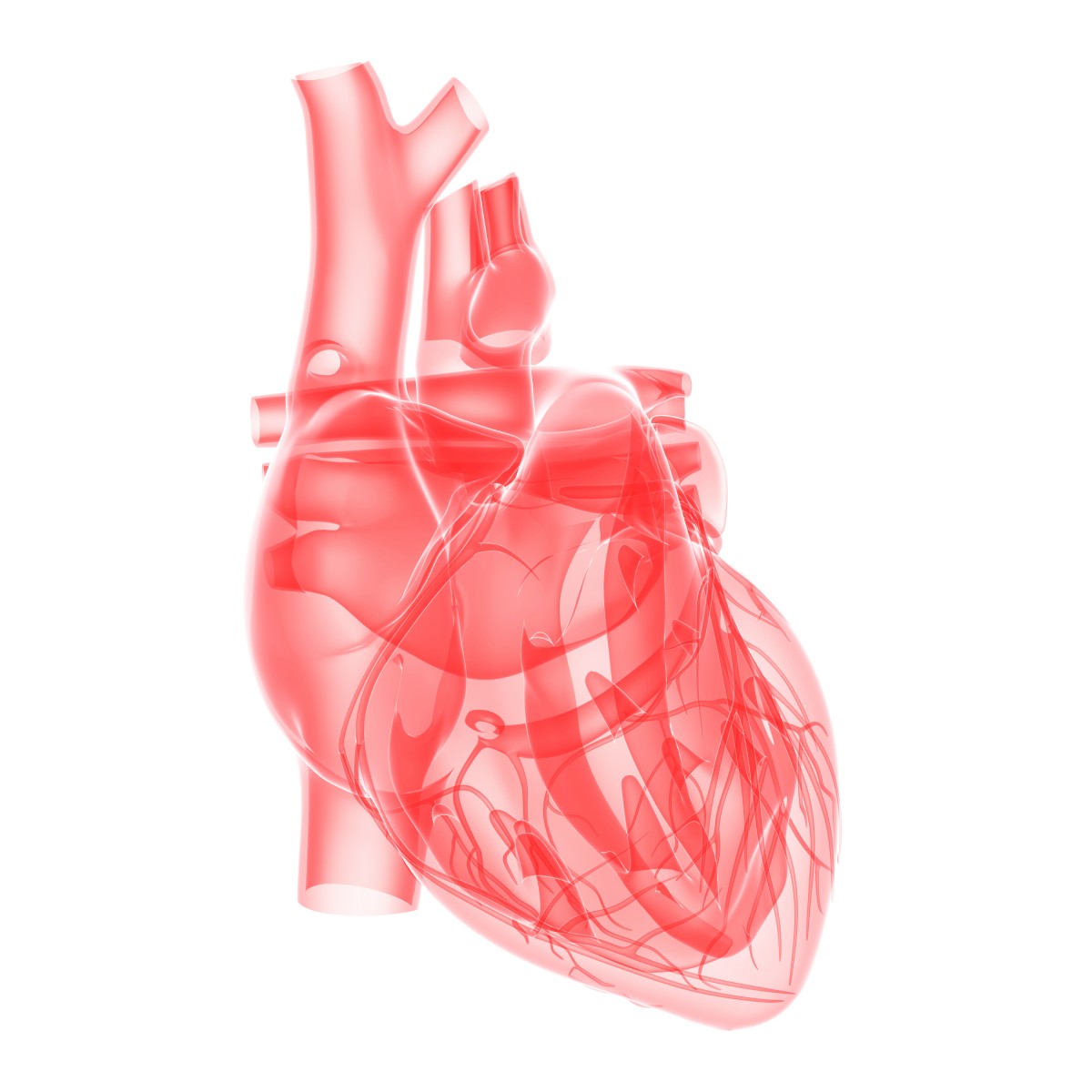PAH Study in Rat Model Suggests Tolvaptan Would Be Detrimental as a Treatment

Drugs chronically blocking the vasopressin type 2 receptor (V2R), such as tolvaptan, may harm people with pulmonary arterial hypertension (PAH) by contributing to the remodeling of lung blood vessels, according to a new study.
The study, “Detrimental Impact of Vasopressin V2 Receptor Antagonism in a SU5416/Hypoxia/Normoxia-Exposed Rat Model of Pulmonary Arterial Hypertension“, was published in the Circulation Journal.
Drugs blocking V2R in the kidneys stimulate the excretion of water without the loss of electrolytes. The treatment has positive effects in patients with left heart failure, and reduces the resistance in lung blood vessels. Studies suggest that the receptor might also be expressed in the lungs, possibly explaining its effects on pulmonary blood vessels. But, until now, researchers had not explored whether the drug could be of benefit in treating PAH.
Researchers from Mie University Graduate School of Medicine, Japan, studied V2R in a rat model of PAH, treating a group of these rats with tolvaptan (Samsca) for five weeks. Each of the PAH rats had typical characteristics of the disease, with right heart failure and high pulmonary pressure, and expressed more V2R in their lungs than control rats.
The treatment was found to reduce the preload on the right ventricle, as well as its chamber size. The size of the main vein leading blood into the heart was also reduced. Researchers, however, also observed that the tolvaptan-treated PAH rats had higher pulmonary arterial pressure than the control PAH rats. The research team analyzed 644 lung arteries from the rats, and found that tolvaptan also led to a more pronounced remodeling in the lung vessels, with increased amounts of muscle tissue. Moreover, tolvaptan-treated rats had a thicker right ventricle, with greater signs of fibrosis.
Researchers believe that blocking V2R does not directly cause the changes in the right ventricle, since V2R is not present in the heart. They also could not establish the exact mechanism behind the changes in the rats’ lung blood vessels.
However, study results showed that treatment with V2R blockers should likely not be considered for PAH patients, as these blockers appear to contribute to PAH worsening and the development of right ventricle remodeling.







